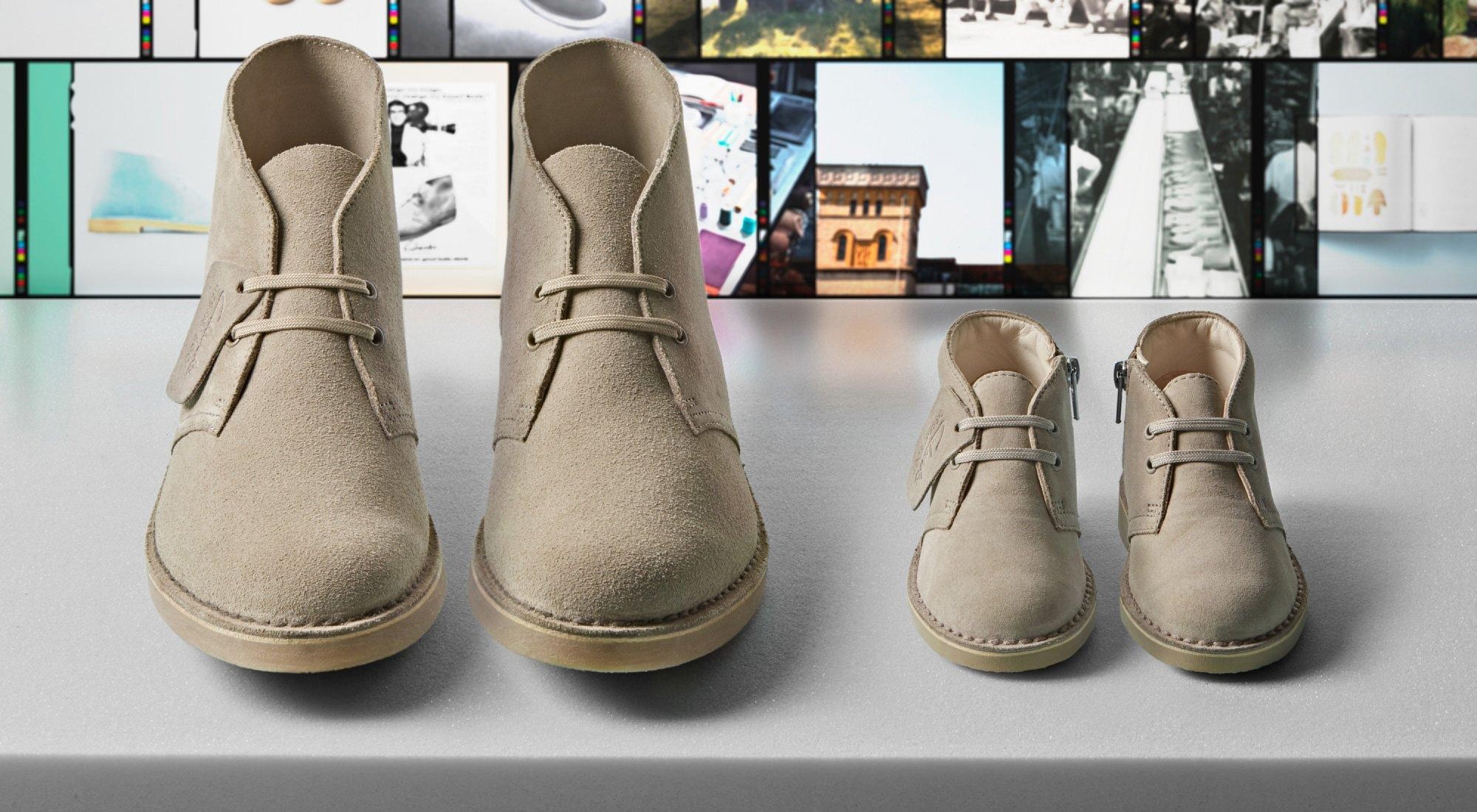Suede shoes bring a touch of sophistication and unique texture to any wardrobe. Renowned for its soft, velvety nap, suede offers a distinctive look and feel compared to traditional leather. However, this delicate surface also requires specialized care to maintain its appearance and longevity. Understanding how to properly care for your suede shoes is essential to keep them looking their best for years to come.
Understanding Suede: What Makes it Unique?
To effectively care for suede shoes, it’s helpful to understand what suede actually is. Unlike typical leather which utilizes the outer grain of animal hide, suede is crafted from the underside of the hide. This inner layer is softer and more pliable, and it’s buffed or sanded to create the signature fuzzy texture that defines suede. This process results in a material that is comfortable and aesthetically appealing, but also more susceptible to damage if not properly maintained.
Durability of Suede Shoes
While suede might seem delicate, it is actually quite a durable material. Being crafted from leather, it inherently possesses a degree of toughness. Compared to standard leather, suede is made from a thinner layer of hide, which makes it more flexible and breathable. However, this also means it can be less resistant to abrasions and moisture than thicker, full-grain leather. The lifespan of suede shoes heavily depends on consistent and proper care. Regular cleaning and protection are key to ensuring your suede footwear lasts as long as, if not longer than, shoes made from other materials.
The Question of Water Resistance
One of suede’s main vulnerabilities is water. Unlike treated leather or nubuck, suede is highly porous and readily absorbs water. Water exposure can lead to staining, stiffening, and even damage to the delicate fibers, often proving difficult, if not impossible, to repair. Therefore, it’s generally advisable to avoid wearing suede shoes in wet conditions, such as rain or snow.
Image alt text: Close-up of Clarks Desert Boots in beige suede, showcasing the soft texture and natural material.
While suede is naturally water-sensitive, treatments and finishes are available to enhance its water resistance. These protective sprays and coatings create a barrier on the surface, helping to repel water and prevent stains. However, it’s important to note that these treatments can sometimes slightly alter the texture of the suede, potentially reducing its characteristic soft nap. Balancing protection with maintaining the suede’s unique feel is a key consideration when choosing water-resistant treatments.
Step-by-Step Guide: How to Clean and Maintain Suede Shoes
Proper care for suede shoes involves regular cleaning, addressing stains and scratches, and implementing preventative measures. Here’s a detailed guide to keep your suede shoes in top condition.
Routine Cleaning: Keeping Suede Fresh
Regular light cleaning is crucial for preventing dirt and dust from becoming embedded in the suede fibers. The best approach for routine cleaning is dry cleaning using a suede brush. A specialized suede brush has soft bristles designed to gently lift dirt and restore the nap of the suede.
To clean your suede shoes:
- Dry Brush: Use a suede brush to gently brush the shoes in the direction of the nap. This will remove loose dirt and dust. For more stubborn dirt, brush back and forth in short, quick strokes.
- Eraser for Scuffs: For minor scuffs or marks, a suede eraser can be very effective. Gently rub the eraser over the scuff mark to lift it.
- Damp Cloth (Use Sparingly): For slightly more ingrained dirt, a barely damp, lint-free cloth can be used. Wring out the cloth thoroughly so it is only slightly moist. Gently wipe the affected area in the direction of the nap. Avoid soaking the suede.
- Air Dry: Allow the suede to air dry completely away from direct heat. Once dry, use the suede brush again to restore the nap.
Important Note: Never put suede shoes in a washing machine. Immersion in water can cause significant damage and is not recommended.
Deep Cleaning and Stain Removal
For tougher stains or a more thorough clean, a specialized suede cleaner is necessary. These cleaners are formulated to lift stains without damaging the delicate suede fibers.
- Choose a Suede Cleaner: Select a cleaner specifically designed for suede and nubuck. Always check the product label to ensure compatibility.
- Test in an Inconspicuous Area: Before applying the cleaner to the entire shoe, test it on a small, hidden area, such as the heel or inside of the tongue, to ensure it doesn’t discolor or damage the suede.
- Apply Cleaner: Follow the product instructions. Typically, you will apply the cleaner to a cloth or directly to the shoe and gently rub it into the stained area.
- Remove Excess Cleaner: Use a clean, damp cloth to remove any excess cleaner.
- Air Dry and Brush: Allow the shoes to air dry completely. Once dry, use a suede brush to restore the nap and texture of the suede.
For particularly stubborn stains or for a comprehensive cleaning, consider professional leather cleaning services. Experts in leather care have specialized tools and techniques to clean suede effectively and safely.
Addressing Scratches and Scuff Marks
Scratches are a common occurrence on suede shoes, but often they can be minimized or removed with the right techniques.
- Buffing with a Finger: For light scratches, simply rubbing the scratch gently with your finger can sometimes buff it out and restore the nap.
- Suede Brush Technique: Use a suede brush to gently brush the fibers around the scratch. Brushing in different directions can help to redistribute the fibers and make the scratch less noticeable.
- Suede Conditioner for Deeper Scratches: For deeper scratches, a suede conditioner can be beneficial. Apply a small amount of suede conditioner to the scratched area and the surrounding suede. Gently rub it in and then use a suede brush to buff the area.
- Leather Filler (For Severe Scratches): In cases of very deep or significant scratches, a leather filler kit might be required. These kits are designed to fill in damaged areas. However, for best results with severe scratches, professional leather repair is recommended.
Image alt text: A suede shoe care kit including a suede brush, eraser, protector spray, and cleaner, displayed on a wooden surface.
Protection and Conditioning: Maintaining Suede’s Suppleness
To keep suede shoes supple and resistant to damage, regular conditioning and protection are essential.
- Suede Conditioner: Apply a suede conditioner every few months, or as needed, to maintain the leather’s moisture and prevent it from drying out and cracking. Apply a small amount of conditioner to a soft cloth or brush and gently work it into the suede in different directions to ensure even coverage.
- Protector Spray: Use a suede protector spray to create a barrier against water and stains. Apply the protector spray after cleaning and conditioning, and reapply it periodically, especially before wearing your shoes in potentially damp or dirty environments. Follow the product instructions for application distance and drying time.
Proper Storage: Extending the Life of Suede Shoes
How you store your suede shoes is just as important as how you clean them. Proper storage helps to prevent damage and maintain their condition when they are not being worn.
- Avoid Direct Sunlight and Heat: Store suede shoes away from direct sunlight and heat sources like radiators. Sunlight can cause the color to fade, and heat can dry out and damage the leather.
- Store in a Cool, Dry Place: Suede is susceptible to mold and mildew in humid conditions. Store your shoes in a cool, dry, and well-ventilated area.
- Use Shoe Trees: Shoe trees, especially cedar shoe trees, help to maintain the shape of your shoes and absorb moisture, which is beneficial for suede.
- Store in Shoe Bags or Boxes: When storing shoes for an extended period, wrap them in tissue paper or place them in shoe bags or boxes. This protects them from dust and scratches. Avoid plastic bags, as they can trap moisture and lead to mildew.
By following these comprehensive care guidelines, you can ensure your suede shoes remain stylish, comfortable, and in excellent condition for years to come. With the right care routine, your suede footwear will continue to be a cherished part of your wardrobe.

